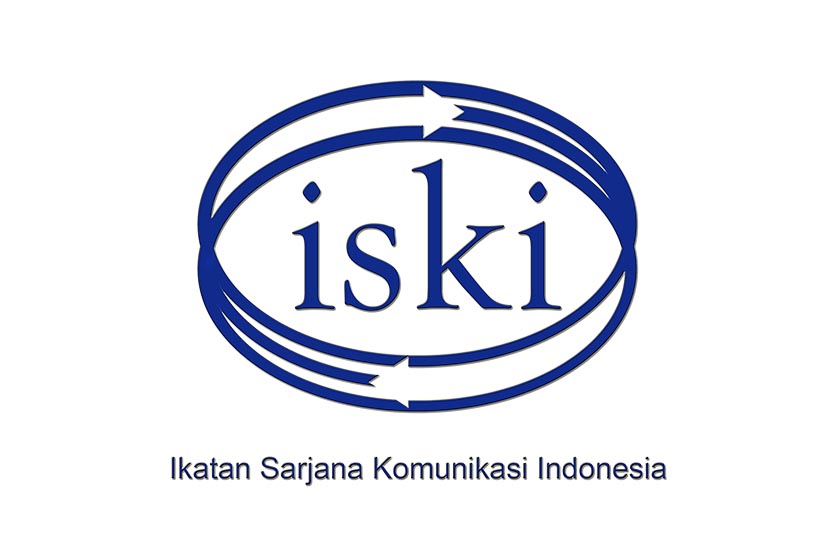Health Branding, Digital Transformation, and the Content Commodification
A Brand Discourse Analysis of Halodoc
DOI:
https://doi.org/10.36782/jobmark.v5i1.285Keywords:
Brand Discourse, Brand Message, Brand Mode, Brand Medium, Brand MilieuAbstract
Amidst the digital communication revolution, health platforms like Halodoc are strategically harnessing the power of social media to engage with their audiences. This study dissects the meticulous construction of Halodoc's brand discourse and the commodification of content on the Instagram platform. Employing the Brand Discourse Analysis (BDA) method and a critical political economy framework, this qualitative research scrutinizes 457 posts from Halodoc's Instagram account from January to June 2023. The findings underscore Halodoc's systematic optimization of the brand message, mode, medium, and milieu as components of brand discourse to craft a brand image as a modern, caring, and trustworthy health partner, effectively driving high user engagement. Furthermore, the commodification analysis uncovers that Halodoc implements a dual commodification model: free health information is transformed into a commodity to captivate audience attention (the first commodification), which is then converted into customers for paid services on its application (the second commodification). This strategy, woven into a narrative of empowerment, effectively turns health discourse into an economic asset within the digital capitalism ecosystem.
Downloads
References
Adorno, T. W., & Horkheimer, M. (1944). The culture industry: Enlightenment as mass deception. Dalam Dialectic of Enlightenment. Diakses dari https://www.marxists.org/reference/archive/adorno/1944/culture-industry.htm
Bakrie, A. (2018). Analisis Elemen-Elemen yang Digunakan pada Instagram sebagai Media Pemasaran (Studi Kasus pada Akun Instagram @papapapapine). Jurnal Manajemen dan Pemasaran Jasa, 11(1), 1-12.
Berger, A. A., & Berger, A. A. (2019). Brand Discourse. Brands and Cultural Analysis, 137-146.
Berthelot-Guiet, K. (2016). Elderly and IT: brand discourses on the go. In Human Aspects of IT for the Aged Population. Healthy and Active Aging: Second International Conference, ITAP 2016, Held as Part of HCI International 2016 Toronto, ON, Canada, July 17–22, 2016, Proceedings, Part II 2 (pp. 186-193). Springer International Publishing.
Castells, M. (2010). The rise of the network society: The information age: Economy, society, and culture (Vol. 1). John Wiley & Sons.
Chen, J., & Wang, Y. (2021). Social Media Use for Health Purposes: Systematic Review. J Med Internet Res, 23(5), e17917. doi: 10.2196/17917.
Evans, D., et al. (2008). Systematic review of the literature on health brands. Journal of Health Communication, 13(3), 251-265. Retrieved from https://www.ncbi.nlm.nih.gov/pmc/articles/PMC4332908/
Fuchs, C. (2014). Social media: A critical introduction. Sage.
Hartono, R. K., Laurence, A., & Tedja, I. P. (2019). Determinants of satisfaction using healthcare application: A study on young Halodoc users in Jakarta during the COVID-19 pandemic. Journal of Digital Media Management, 7(2), 1-14.
Haverkampf, C. J. (2019). Communication Patterns to Change Communication Patterns. J Psychiatry Psychotherapy Communication, 7(2), 35-41. doi: 10.13140/RG.2.2.29509.64487
Hearn, G. (2014). Theorizing the digital welfare state. Social Policy & Administration, 48(7), 766-783. doi: 10.1111/spol.12103.
Instagram. (n.d.). Halodoc. https://www.instagram.com/halodoc/, Diakses 4 Juli 2023.
Kim, Y., & Park, H. (2018). Understanding the impact of social media on people's health behavior change: A meta-analysis of randomized controlled trials. Health education & behavior, 45(5), 711-717. doi: 10.1177/1090198118762909.
Kurniawan, A. (2022). Analisis Pengembangan Konten Media Sosial pada Instagram PT. Telekomunikasi Indonesia, Tbk Bandung Tahun 2022. Applied Science and Technology Journal, 2(1), 1-9.
Lupton, D. (2014). Health promotion in the digital era: A critical commentary. Health promotion international, 29(4), 749-756. doi: 10.1093/heapro/dat017.
Machin, D., & Thornborrow, J. (2003). Branding and discourse: The case of Cosmopolitan. Discourse & Society, 14(4), 453-471.
Mikhael Yulius Cobis, I., Ayu Nindi, I., & Najmah. (2022). Digital media and health communication: A literature review. Jurnal UNISKA, 14(1), 31-42.
Mosco, V. (2014). To the cloud: Big data in a turbulent world. Routledge.
Rossolatos, G. (Ed.). (2023). Advances in Brand Semiotics & Discourse Analysis. Vernon Press.
Roter, D. L., Stewart, M., Putnam, S. M., Lipkin, M., Stiles, W., & Inui, T. S. (1997). Communication patterns of primary care physicians. Jama, 277(4), 350-356.
Smailhodzic, E., Boonstra, A., & Langley, D. J. (2015). Social media and the formation of organizational reputation. Academy of Management Review, 40(1), 52-76. doi: 10.5465/amr.2013.0435.
Smailhodzic, E., Hooijsma, W., Boonstra, A., & Langley, D. J. (2016). Social media use in healthcare: A systematic review of effects on patients and on their relationship with healthcare professionals. BMC health services research, 16(1), 442. doi: 10.1186/s12913-016-1691-0.
Terranova, T. (2012). Network culture: Politics for the information age. Pluto Press.
van Dijck, J. (2013). The culture of connectivity: A critical history of social media. Oxford, UK: Oxford University Press.
Wellman, B., & Hogan, B. (2014). Networked individualism: The new social operating system. New York, NY: Oxford University Press.
Wijaya, B. S. (2020). Integrated Brand Communication (IBC): Maximizing the Voice, Minimizing the Noise. Jobmark: Journal of Branding and Marketing Communication, 1(2), 112-125. https://doi.org/10.36782/jobmark.v1i2.186
Wijaya, B. S. (2020). Brand Discourse Analysis (BDA): Conceptual and Methodological Propositions. Jobmark: Journal of Branding and Marketing Communication, 2(1), 39-50. https://doi.org/10.36782/jobmark.v2i1.93
Downloads
Published
How to Cite
Issue
Section
License
Copyright (c) 2024 Jobmark: Journal of Branding and Marketing Communication

This work is licensed under a Creative Commons Attribution-NonCommercial 4.0 International License.



















